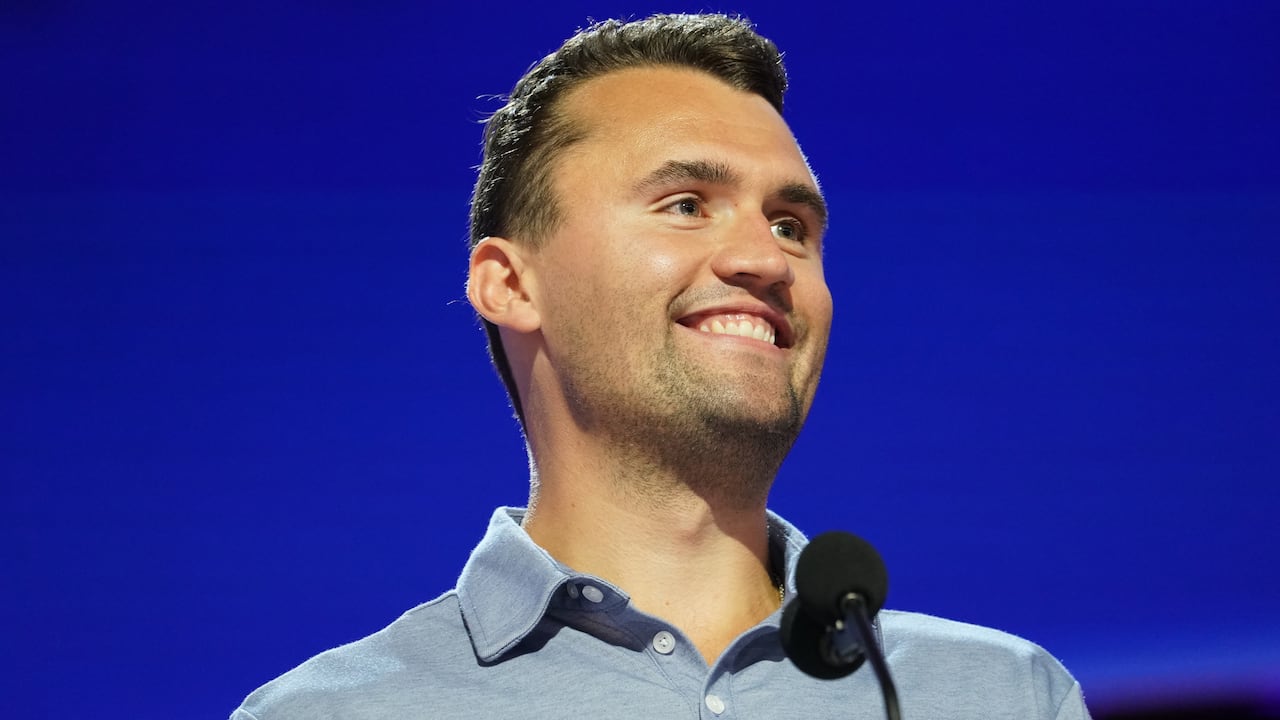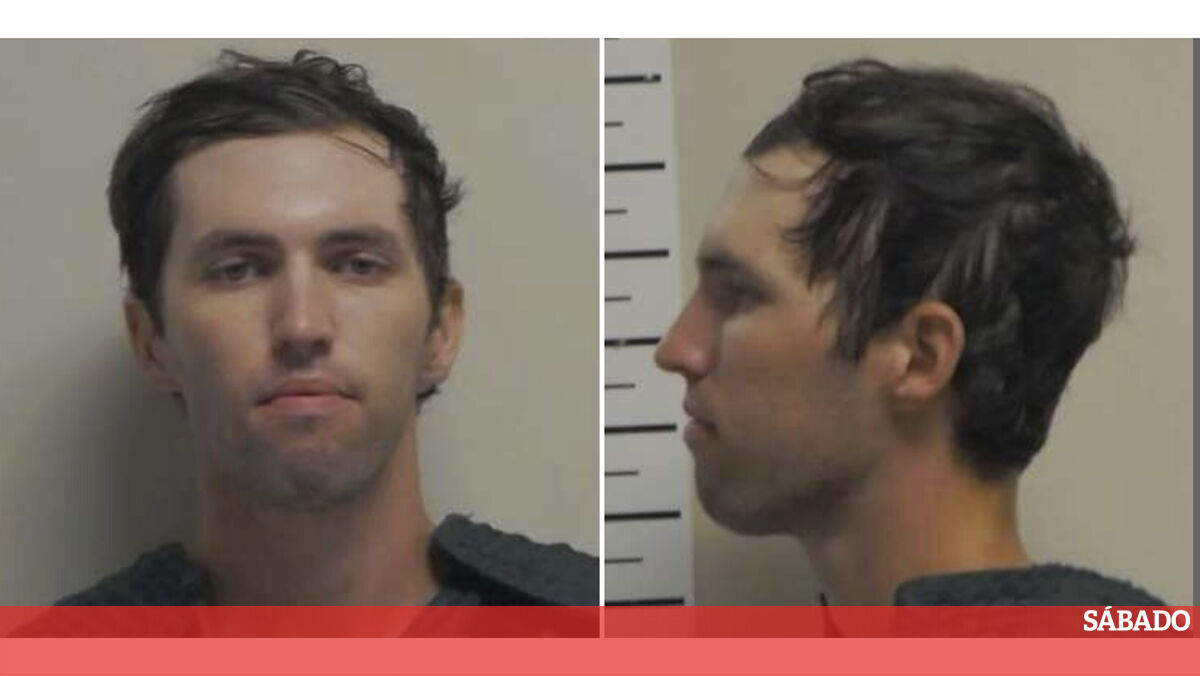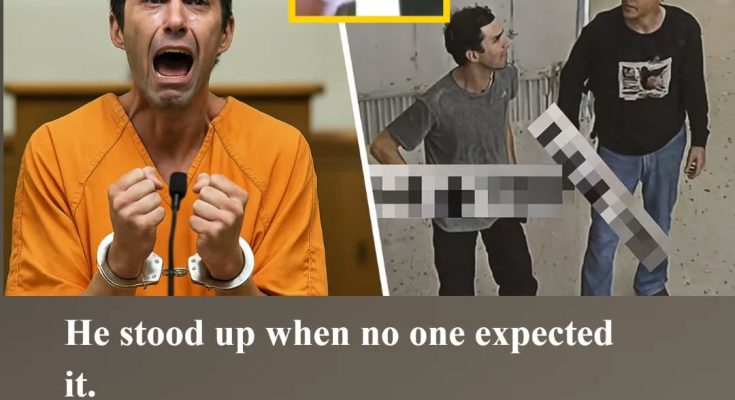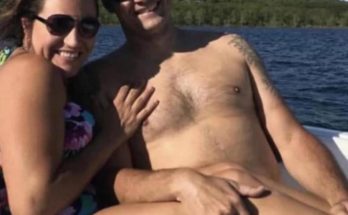Inside the Testimony That Stopped a Courtroom Cold — and the Truth That Refused to Stay Buried.
The Moment the Room Went Silent
There are moments when time stops — when sound itself seems to hold its breath.
That was what happened inside the courtroom the morning Tyler Robinson stood to speak.
No one expected him to. Not that day. Not at that point in the trial.
The judge had just called for a short recess. Lawyers were shuffling papers, jurors were stretching their legs, and reporters were halfway through typing out another predictable summary.
Then, without warning, Robinson rose from his seat.
His hands trembled. His voice cracked.
But what came next changed everything.
“I didn’t pull the trigger,” he said quietly.
“But I know who did.”
The room froze.
Every eye turned to him. Every camera adjusted its focus.
Somewhere in the gallery, someone gasped.
No one knew it yet, but in that instant — a story that had seemed straightforward began to unravel in front of the entire nation.

The Man Everyone Thought They Knew
Tyler Robinson wasn’t supposed to be the center of this story.
Until recently, he was a quiet presence in the courtroom — a witness, not a suspect. A man who had been near the scene but never accused of any direct wrongdoing.
He was known around town as a dependable worker, a friend to many, and a person who seemed to avoid the spotlight.
But ever since that night — the night everything went wrong — his name had been whispered in connection to secrets, missing files, and unexplained gaps in the timeline.
Now, as he stood before a sea of cameras and skeptical faces, his voice trembling but clear, it was impossible not to feel that something monumental was about to break open.
A Testimony No One Saw Coming
When Robinson began to speak, the defense attorney rose, ready to object. But the judge, sensing something unprecedented, simply raised a hand and let him continue.
He spoke slowly — as if choosing every word with care.
He talked about the days leading up to the tragedy: the late-night meetings, the warnings that went unheeded, and the strange phone call that had haunted him ever since.
“I was told to keep quiet,” he said, voice tightening. “They said it would be easier for everyone. But it’s been eating me alive.”
Every sentence seemed to peel back another layer of a mystery no one had fully understood.
Reporters stopped typing. Jurors leaned forward. Even the prosecutor, known for her composure, stared in stunned silence.

The Hidden Chain of Events
According to Robinson’s account, the events that night didn’t unfold by chance.
He described a sequence of small, deliberate actions — a door left unlocked, a light turned off too early, a message sent but never acknowledged.
He spoke of people “in the background” — individuals who never appeared in police reports but seemed to have influenced every step of the investigation.
It wasn’t a confession.
It was a revelation.
And it pointed toward something larger than any single mistake: a network of quiet manipulation, where power and fear worked hand in hand.
He never named names outright — but the courtroom didn’t need him to. The implication hung heavy in the air.

The Forgotten Evidence
After Robinson’s testimony, whispers filled the courthouse.
A few reporters immediately began digging through old documents — records that had been dismissed as irrelevant months ago.
What they found was startling: missing security footage timestamps, conflicting eyewitness statements, and a batch of files marked “supplemental” that had never been presented during the trial.
Suddenly, questions that once seemed resolved were wide open again.
Had evidence been overlooked?
Or worse — had it been deliberately hidden?
By the afternoon, investigators from the Attorney General’s office had reportedly requested a full re-examination of the original case file.
The Weight of a Single Sentence
“I didn’t pull the trigger… but I know who did.”
Those twelve words echoed far beyond the courtroom.
By evening, the clip had gone viral. Millions watched as Robinson’s face appeared on screens — his expression pained, his voice cracking under the pressure of truth.
News anchors debated whether his statement would alter the trial’s outcome. Analysts wondered if it would spark new investigations.
But ordinary viewers — people watching from kitchens, living rooms, phones on lunch breaks — felt something else entirely.
They felt the weight of a man trying to unburden himself.
Not as a hero.
Not as a villain.
But as someone caught in the gravity of a truth too heavy to carry alone.
The Human Cost of Silence
For weeks, speculation had swirled about who might be protecting whom.
Whispers of intimidation, anonymous messages, and missing data had become background noise — until Robinson’s words forced everyone to listen again.
His lawyer later revealed that Robinson had debated coming forward for months.
He’d written and rewritten his statement dozens of times.
“He didn’t want to destroy anyone’s life,” the attorney said quietly. “But he couldn’t live with himself if he stayed silent.”
In a system where silence often buys safety, Robinson had chosen to risk everything for clarity.
And that decision — as one legal analyst noted — might have changed the trajectory of the entire case.
The Turning Point in the Investigation
After his revelation, court adjourned early.
Within hours, the prosecution and defense teams met privately with investigators.
Rumors spread that new subpoenas were being drafted. Journalists began revisiting timelines, reconstructing the night from multiple perspectives.
A week later, the district attorney confirmed that “previously unexamined material” had been retrieved for forensic review.
Suddenly, what had seemed like a closed narrative was cracking open at the seams.
One retired detective watching the case from home told a local paper:
“Every investigation has a point where truth and convenience collide. Robinson just forced that collision to happen.”
The Power of Conscience
What made Robinson’s statement so powerful wasn’t just the content — it was the courage behind it.
He could have stayed silent, gone home, and let the system move on.
Instead, he walked into the storm.
In that moment, he became more than a witness; he became a symbol of what happens when ordinary people refuse to be complicit in half-truths.
A psychology professor who studies moral courage later wrote:
“He broke the pattern. In environments of fear, even small honesty feels revolutionary.”
And perhaps that’s why his twelve words resonated so deeply. They weren’t shouted. They were whispered — and yet they carried the force of conviction.
The Internet Reacts
By the next morning, hashtags like #WhoPulledTheTrigger and #TylerSpeaks trended across social platforms.
Memes, think pieces, and video essays flooded the web. Some users framed him as a whistleblower. Others accused him of playing to the cameras.
But amid all the noise, a quieter conversation began — about truth, accountability, and the pressure ordinary witnesses face in high-stakes cases.
As one viral post put it:
“Whether you believe him or not, you felt that moment. The air shifted. The truth sounded different.”
The Long Shadow of Secrets
In the days that followed, more details emerged.
A reporter from a regional paper uncovered text messages from the night of the event that raised even more questions. A local business owner came forward claiming to have seen something strange hours before it happened.
Each new piece of information seemed to confirm what Robinson had implied: the story everyone had been told might not have been the full story.
Still, officials urged caution. “We follow evidence, not emotion,” one investigator told the press.
But privately, even seasoned legal experts admitted — the case would never look the same again.
The Emotional Toll
While public fascination grew, Robinson himself withdrew from view.
Friends described him as “haunted but relieved.” He wasn’t seeking fame. He wanted peace.
“He never wanted to be the headline,” said one relative. “He just wanted to stop pretending.”
In rare comments, his attorney mentioned that Robinson’s testimony had come from “a place of exhaustion, not rebellion.”
And that’s what made it real.
It wasn’t a performance.
It was a breaking point.
The System Shaken
The justice system, by design, resists sudden emotion. But Robinson’s statement was too precise — too direct — to be ignored.
By the end of the week, court officials confirmed an internal review of procedural inconsistencies in evidence handling.
For many observers, it marked a rare moment when conscience overpowered protocol.
As one journalist wrote:
“He didn’t just testify. He tore open the quiet machinery of assumption that keeps so many cases tidy.”
What the Experts Say
Legal scholars called it “a pivotal ethical moment.”
Media analysts dubbed it “a masterclass in reluctant truth-telling.”
And trauma specialists noted how Robinson’s shaking hands and cracking voice made the moment universally human — a reminder that truth-telling isn’t glamorous. It’s painful.
A former prosecutor summed it up best:
“It takes a rare kind of person to walk into a courtroom knowing the cost of honesty — and do it anyway.”
Beyond the Headlines
Weeks later, as the noise faded, a journalist asked one quiet question: Why did it take this long for him to speak?
The answer, perhaps, lies in the invisible web of pressure that so often surrounds major cases — the fear of being misunderstood, the instinct for self-preservation, the silent deals that shape narratives behind the scenes.
Robinson’s statement didn’t solve the mystery overnight. But it reopened the path to truth.
And sometimes, that’s all it takes.
The Echo That Won’t Fade
Months later, the quote is still being replayed. It’s taught in journalism classes as a case study in ethics and courage. Documentaries mention it in montages about pivotal courtroom moments.
But beyond all that, it remains deeply human — a symbol of how one sentence, spoken from the heart, can shift the direction of an entire story.
“I didn’t pull the trigger… but I know who did.”
Twelve words that cracked a silence built on fear.
Twelve words that reminded the world that truth, no matter how buried, still finds its voice.
The Final Reflection
Looking back, historians of media and law agree: Robinson’s testimony will be remembered not for what it accused, but for what it awakened — a national conversation about accountability, pressure, and the quiet courage to speak when silence feels safer.
His voice may have trembled, but his message didn’t.
He didn’t just point toward guilt or innocence.
He pointed toward conscience.
And that, perhaps, is why his words continue to echo — not just through courtrooms, but through every heart that has ever wondered what it costs to finally tell the truth.
Breaking: Tyler Robinson reportedly approached police near the site where the alleged m:u:r:d:e:r weapon was recovered at Utah Valley University. Authorities suggest his quick actions may have prevented the suspect from retrieving the r:i:f:l:e prosecutors allege was used to k:i:l:l Charlie Kirk. In a shocking reveal, Candace Owens shared a previously unseen photo of Robinson looking calm and composed at 6:38 p.m. inside a Dairy Queen just 17 minutes from campus. Online investigators are buzzing with theories that a hidden detail in this exact timestamp could change the entire storyline of the case.

Breaking: Tyler Robinson reportedly approached police near the site where the alleged m:u:r:d:e:r weapon was recovered at Utah Valley University. Authorities suggest his quick actions may have prevented the suspect from retrieving the r:i:f:l:e prosecutors allege was used to k:i:l:l Charlie Kirk. In a shocking reveal, Candace Owens shared a previously unseen photo of Robinson looking calm and composed at 6:38 p.m. inside a Dairy Queen just 17 minutes from campus. Online investigators are buzzing with theories that a hidden detail in this exact timestamp could change the entire storyline of the case.

